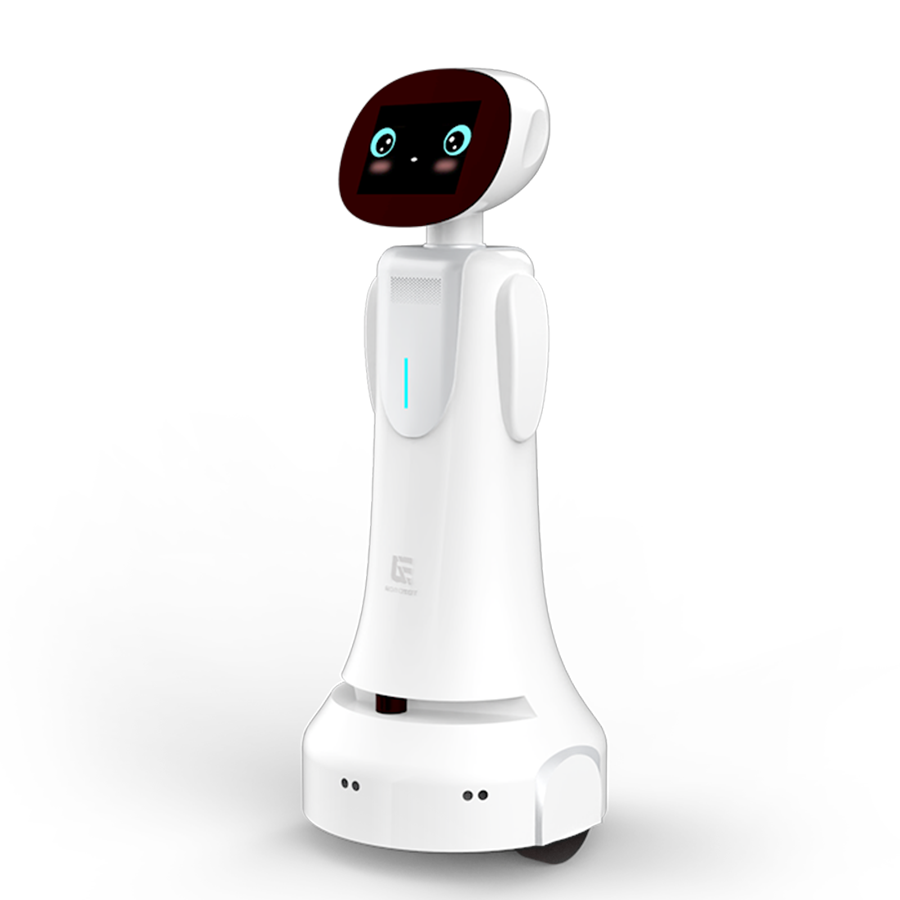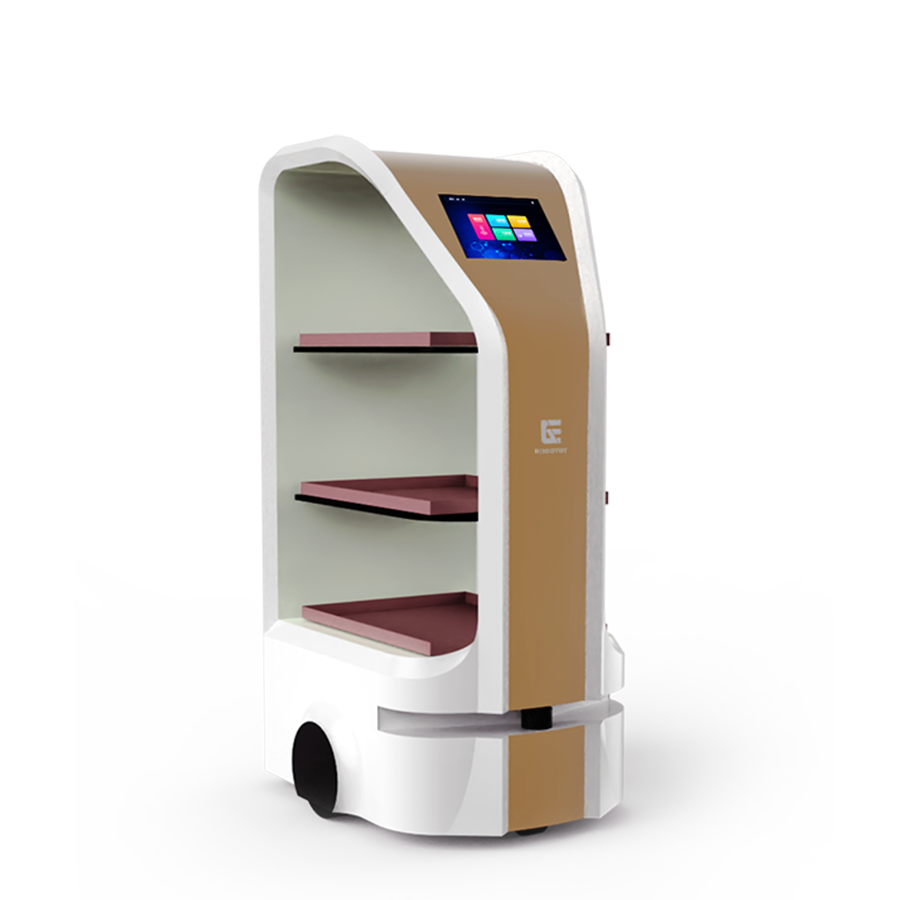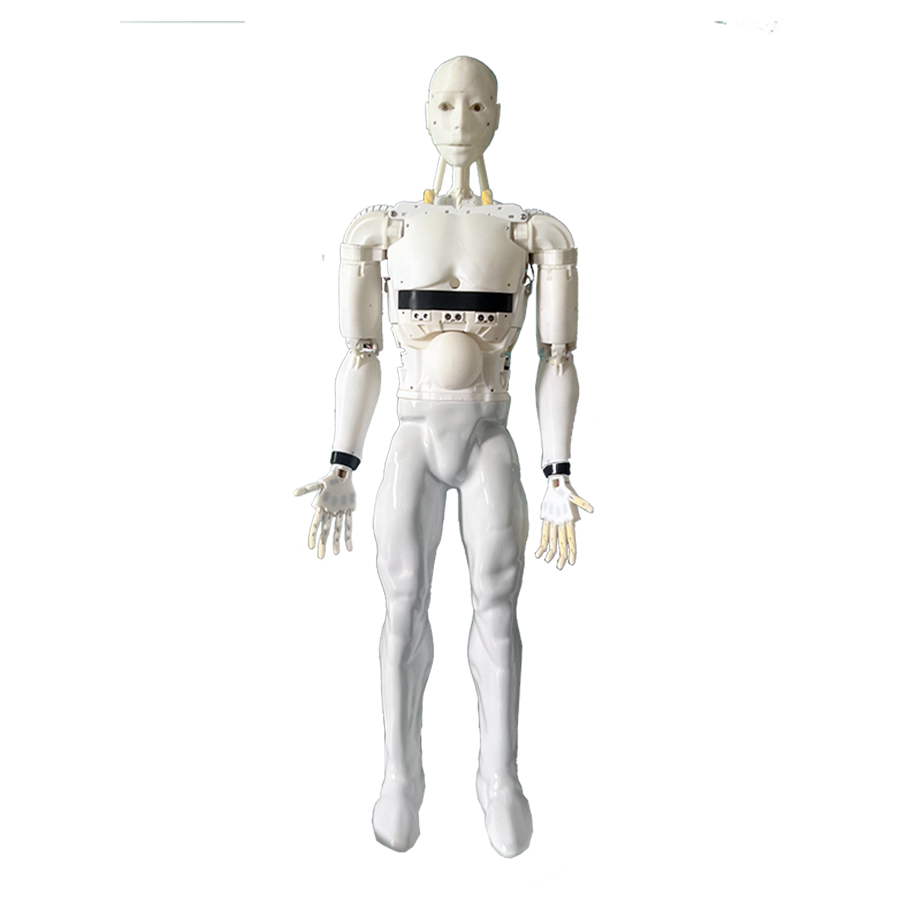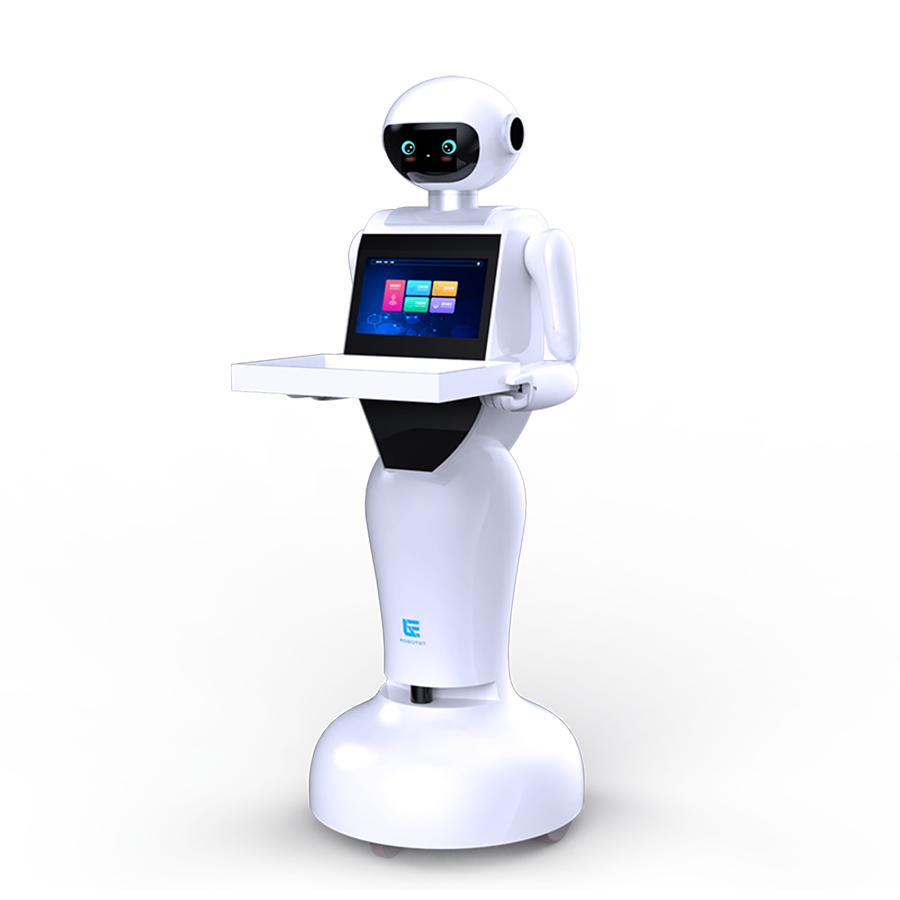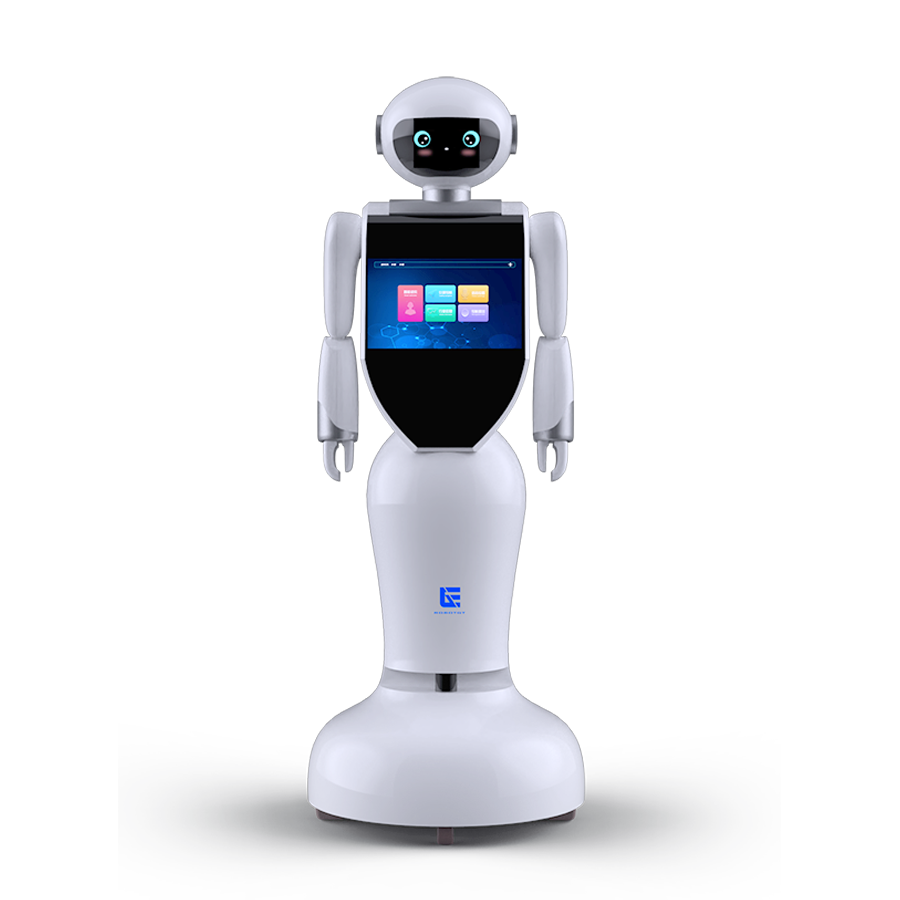

The core technical principles and application fields of mobile robots
2024-01-28
Mobile robots are machines that can autonomously move and perform tasks in different environments. They are usually equipped with wheels, feet, or similar mobile devices, and obtain environmental information through various sensors (such as vision, LiDAR, ultrasound, etc.) to achieve navigation and obstacle avoidance.
The core technologies of mobile robots include navigation algorithms, positioning techniques, and path planning:
(1) Navigation algorithms are used to determine the direction and speed of the robot's movement, enabling it to reach the target location.
(2) Positioning technology is used to determine the precise position of robots in the environment, and commonly used methods include Global Positioning System (GPS), Inertial Measurement Unit (IMU), and visual positioning.
(3) Path planning technology plans the optimal movement path for robots based on environmental information and task requirements, in order to improve efficiency and safety.
Mobile robots are widely used in multiple fields:
(1) In the industrial field, mobile robots can be used for material handling, warehouse management, and automated production lines.
(2) In the field of medical care, mobile robots can assist medical staff in tasks such as ward patrols, drug delivery, and rehabilitation training.
(3) In the service field, mobile robots can be used for hotel reception, navigation, and food delivery service scenarios.
The development of mobile robots represents the combination of artificial intelligence and robotics technology, which has enormous potential in improving production efficiency, enhancing human quality of life, and responding to special environmental needs. With the continuous progress and innovation of technology, mobile robots will be widely applied in more fields.


